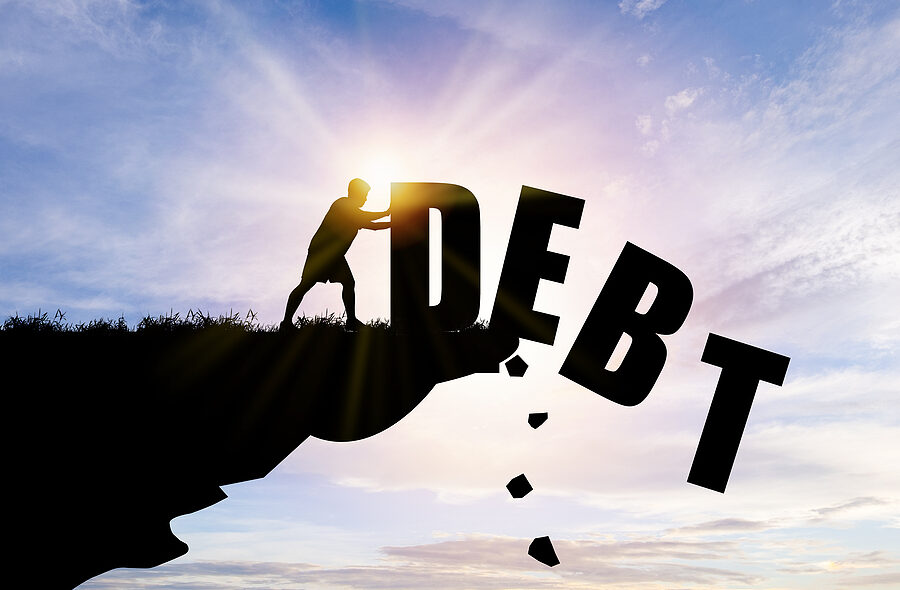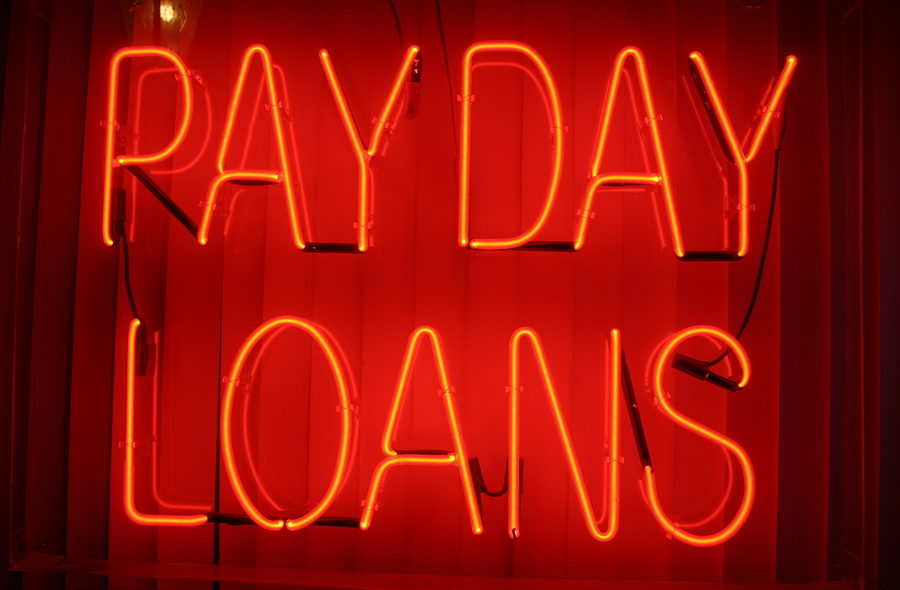Consumer debt. It seems to be an inevitable part of life for many Americans. In fact, most American consumers carry some level of debt. Getting out of it, however, is not so easy, which is why so many Americans use at least some portion of their income to pay towards their debt. Determining how much is appropriate can be complicated, depending on the consumer’s individual circumstances.
Generally speaking, it is important to pay more than the monthly minimum payment. A good rule of thumb is to follow the 50/30/20 rule. What this budgeting rule entails is the consumer spends 50 percent of monthly after-tax income or net income towards essential living expenses, such as mortgage payments, utility bills, food, and transportation costs. After that 50 percent is paid, the consumer allots the next 30 percent to his or her “wants,” meaning eating out, going on vacation, and other non-essential expenses. The remaining 20 percent is left for paying off debt or saving for the future.


